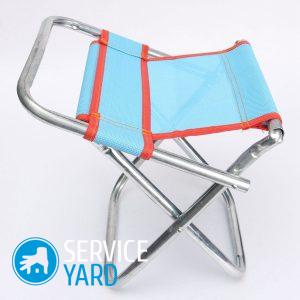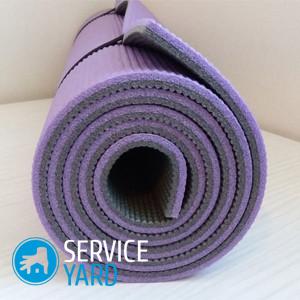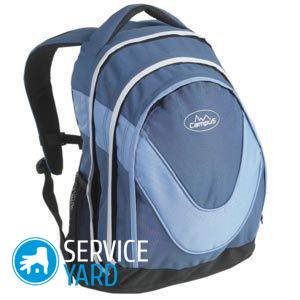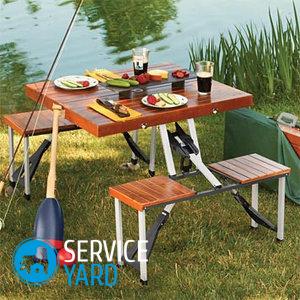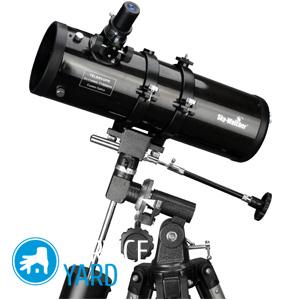How to choose a binocular?
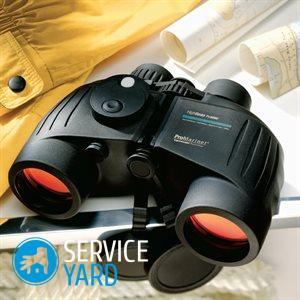
If you like to relax in nature, fond of fishing or hunting, there is nothing better than observing nature through binoculars, thereby diversifying your leisure time. It does not make sense to tell what binoculars are, because the device has long been familiar to everyone since childhood. To examine objects located at a sufficiently large distance is a very exciting activity for both children and adults. A device of good quality allows you to consider even the smallest details of the subject, and if the image quality is “on top”, then you can take several pictures for memory. Choosing the right binoculars for a beginner is not an easy task, and in order to prevent future purchases from becoming a disappointment, you should carefully consider the selection of its characteristics. In our article we will tell you how to choose binoculars, which you should pay special attention to to meet all your requirements.
to contents ↑Binoculars
Before making a choice of this or that binocular, the purpose of its use should be determined - the type of device directly depends on this. To date, a wide range of products for various types of activities is presented at retail outlets, namely:
- Baby;
- Tourist;
- Astronomical;
- Hunting;
- Theatrical;
- To observe nature;
- Marine;
- General.
Next, we will examine in more detail the features of each of the above categories.
Children's binoculars:
- Children's binoculars are selected depending on the age of the child.
- For children 6–9 years old, it is better to choose a device marked on the FF housing. The product has an optimal focus, designed for children's vision, does not require additional adjustment.
- For teenagers, you can purchase binoculars with adjustable focus - it can be configured individually.
- The device should be lightweight and compact.
- The optimal size of the lens of the device for this purpose is considered to be 30-35 mm.
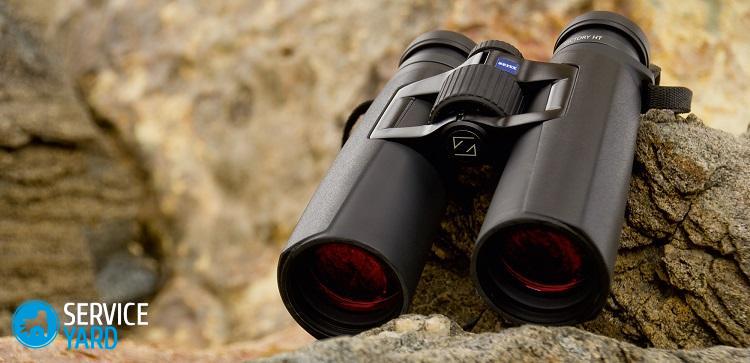
Travel binoculars:
- The optimal magnification for tourist binoculars is 10-15 times.
- The diameter of the lens is preferably 42-50 mm.
- The case is lightweight, compact.
- The best option is an additionally rubberized case.
This type of binoculars allows observation at any time of the day.
Important! If you often go on holiday in nature or plan such outings in the near future, you will also need other information from our portal of useful tips:
Binoculars for hunting
Want to know how to choose high magnification binoculars for hunting? The ability of the device to zoom in is needed to observe production at a distance. Therefore:
- For ease of use, the device should be small-sized and have a high aperture.
- To improve visibility, binoculars may have additional functions:
- Altimeter;
- Rangefinder;
- Thermometer;
- Compass;
- Image stabilizer.
- Models of binoculars for hunting should have a solid body, because very often you have to wade through thickets.
- For better visibility, glass lenses are used.
- The optimal magnification is 4-8 times, and the diameter of the lens is not more than 25-40 mm.
Important! Experienced hunters recommend paying attention to the Pathfinder series of binoculars from the manufacturer Olimpus.
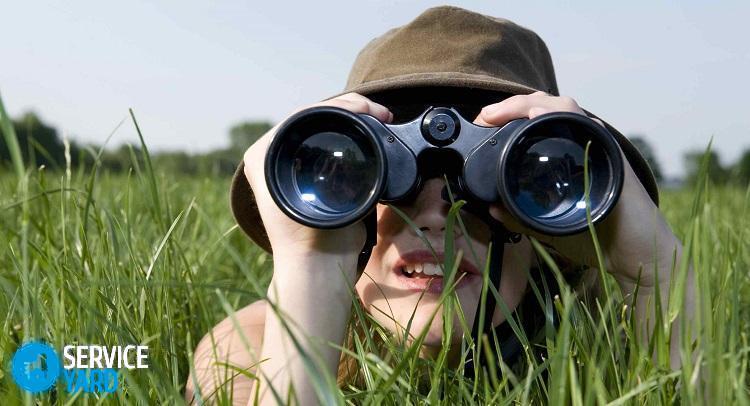
Opera glasses
Want to know how to choose your theater binoculars? For fans of theatrical performances, there is also a certain model of binoculars. To enjoy the performance in full and carefully consider the actions on stage, purchase theater binoculars. Which is better to choose and what parameters it should have - we will describe further:
- The device should not have too much weight, because it will be very inconvenient to hold it in your hand for a long time.
- To view the performance, the binoculars must have a high aperture, since you will use it in a room with low light.
- The size of the lens should not exceed 30 mm.
- The increase for the theater is enough 2-5 times.
Marine or tactical long-range surveillance devices
To a greater extent, such devices are used in the military sphere, they have special requirements. Visibility through the lens should be in all weather conditions, so, as an option, they can be used for fishing.
Features of such models:
- The rubberized case will protect the device from damage. Moisture-resistant material will prevent moisture from entering the product.
- Maximum protection against fog, moisture and dust.
- Water resistant - up to 5 meters.
- Built-in compass and rangefinder.
- Additional filling with nitrogen.
- The magnification of the image depends on your preferences and conditions of use.
Important! The device can have a high multiplicity and a sufficiently overall size. And vice versa - compact body and low magnification.
General
The most popular binoculars are of this type. They are universal and can be used for hunting, fishing and other purposes:
- The device has average characteristics - weight, price and size.
- The image can be enlarged up to 16 times.
- The diameter of the lens is from 35 to 52 mm.
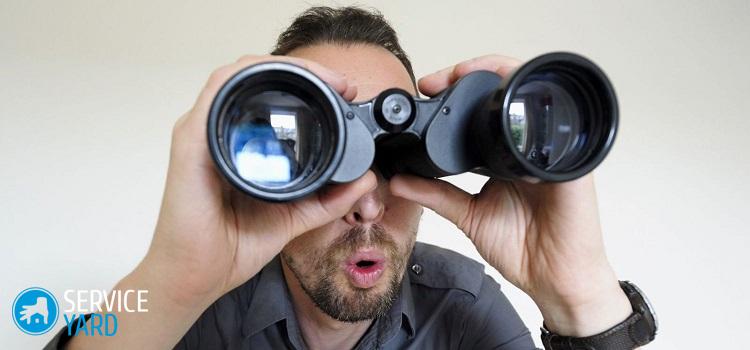
Astronomical binoculars
As an alternative to expensive telescopes, lovers of watching the stars can buy special astronomical binoculars. It should have the following characteristics:
- The diameter of the lens for a better view is at least 110 mm.
- The magnification of the image is 10-30 times.
- Some models are equipped with a special tripod for convenience.
to contents ↑Important! If you are seriously interested in this science, you will probably also be interested in reading information from the following publications:
Image magnification
Faced with the question of how to choose a good binocular with high magnification, it is very easy to get confused in the notation, markings and numbers on the packaging or body of the device. Let's clarify what these treasured figures mean, what they affect.
You can find two numbers on the case of observational equipment, for example, 6x48 or 30x90. The first digit determines how many times the device enlarges the image. There are several specific categories of picture magnification:
- A small increase implies an approximation of the subject from 3 to 5 times.
- The average increase will bring the picture 6 to 10 times closer.
- Strong magnification will make the image 10-30 times larger.
to contents ↑Important! A few helpful tips regarding magnifying properties:
- In order to choose the best binoculars, you should not purchase an observing device with the highest magnification, believing that the maximum characteristics are the best option.
- Before buying, it is worth determining for what purposes you plan to use it. For example, in a forest or place with many obstacles (trees, bushes, buildings), a device with a large increase is absolutely not needed. In this case, if the approximation is more than 15 times, then the eyes feel a strong tremor of the image.
Lens diameter
The second figure on the package indicates the diameter of the lens. It is measured in millimeters and determines the aperture of the device. The higher the aperture of the device, the better, better and lighter you will get an image.
Important! If you divide the second number by the first, you get the value of the exit pupil, that is, the size of the image that is transmitted through the eyepiece. In order not to miscalculate, consider the following:
- For use in the dark, this value must be at least 6 mm.
- When observed in daylight, 3 mm.
Compact:
- The diameter of the lens in the device does not exceed 30 mm.
- Products are mostly light and compact, do not take up much space during transportation.
Important! Binoculars of this type are suitable for viewing the performance in the theater, hiking, traveling.
Average:
- The diameter of the lens is 30-39 mm.
- The device has a good light transmission.
- It has average dimensions and weight.
Important! Products are suitable for observation in nature, competitions. New advanced models can be used in extreme travel.
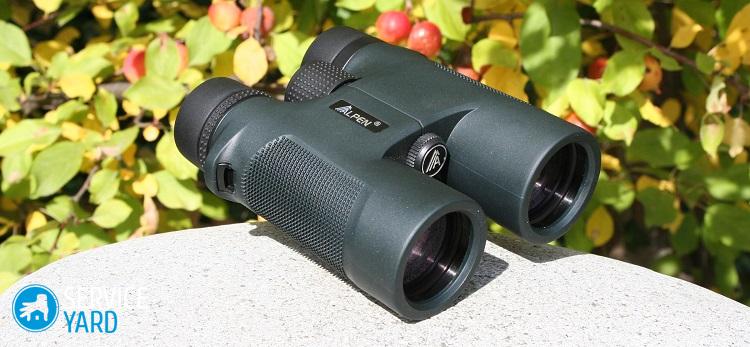
Full Size:
- The lens in this case is from 40 mm.
- The device has the best light absorption.
- A fairly wide range of terrain.
- The image is of high quality.
- Binoculars of this type are very dimensional, in some cases it is required to use a tripod.
to contents ↑Important! An excellent acquisition for observing on a hunt, in low light conditions, observing stars or other astronomical phenomena.
Lens material
The lenses in the binoculars are also different - the quality of the image will depend on what material they are made of. Which binoculars are best for observation?
- Lenses made of glass, like glasses with glass lenses, give a better image.
- But if you plan to use binoculars in the mountains or in extreme travel it is better to give preference to plastic lenses.
to contents ↑Important! Glass lenses are very easy to damage, therefore, devices require careful use.
Eyepieces
Eyepieces contribute to the fact that the perception of the image by the human eye is more pleasant and convenient:
- The gap from the lens to the pupil should be at least 5 mm and not more than 20 mm.
Important! If you wear glasses, the interval should be a little longer, because the glasses are also a short distance from the eyes.
- Most binoculars are additionally equipped with rubber pads.
to contents ↑Important! Be sure to make it comfortable when placed in front of your eyes.
Vision angle
Another important criterion to pick up binoculars is the value of the viewing angle through the device. What does it mean? This feature implies a view of the terrain at 1000 meters from your lens. If according to the documents the binoculars have a field of view of 140, this means that at a distance of 1000 m from it you can consider the perimeter with a width of 140 m.
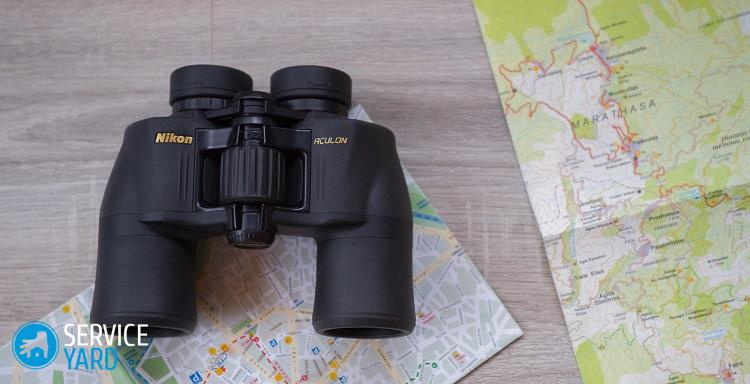
Binocular focus
At each manufacturer of approaching devices, you can find products with two types of focus settings:
- Centralized - the main system for adjusting the focus of the binoculars and its diopters. This function allows you to individually adjust the device based on the characteristics of your vision.
- Individual - the focus adjustment method is mainly used for military or waterproof special-purpose devices.
Prism
In the production of binoculars, there are only two types of prisms - porro and roof. What are these buildings, and what are the best binoculars for review? Let's get it right.
Prism Roof
This type of structure of the device involves placing the lens and eyepiece on parallel lines. So the image is not too high quality.
Important! The only plus from this arrangement can be considered the ability to produce binoculars smaller in size.
Prism Porro
When installing a porro prism, the distance between the lenses is slightly larger than between the eyepieces. This achieves a more realistic and voluminous picture.
Important! The cost of appliances is several times higher than with the installed roof prism.
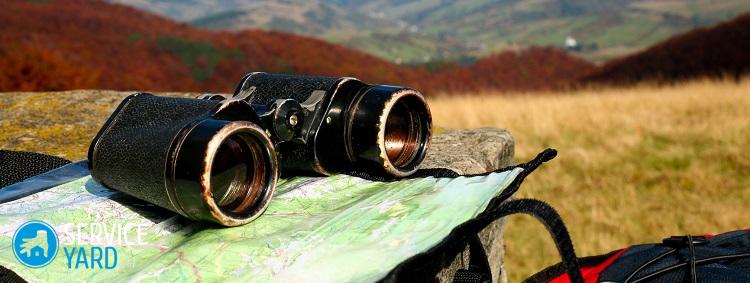
Observer body:
- Shockproof.This indicator in the instructions indicates how rubberized the body. Its strength and resistance to falling and damage depend on this.
- Moisture resistance and water tightness. The characteristics are responsible for the durability of the device in case of moisture or splash from water under the housing. Water resistance allows immersing the device in water at a distance of up to 5 meters.
- Anti-fogging. A very important indicator when choosing binoculars. The additional content inside dry nitrogen prevents fogging of the lenses. Especially with a sharp temperature difference.
to contents ↑Important! Do not forget that binoculars are an optical device, and with prolonged use of a poorly made device, you can harm your eyesight. Buy devices only from trusted, reputable manufacturers. Olympus is very popular among experienced users. The products have a warranty period of more than 25 years, but the cost of binoculars is much higher than products of other brands.
Stock footage
The article describes in detail how to choose binoculars with high magnification for hunting or observing in nature. After choosing several suitable options, conduct a small test for image quality at a distance of 80-100 meters, feel how comfortable it is to hold the device in your hands, if your eyes are tired. Following our recommendations, you definitely will not make mistakes when choosing.




